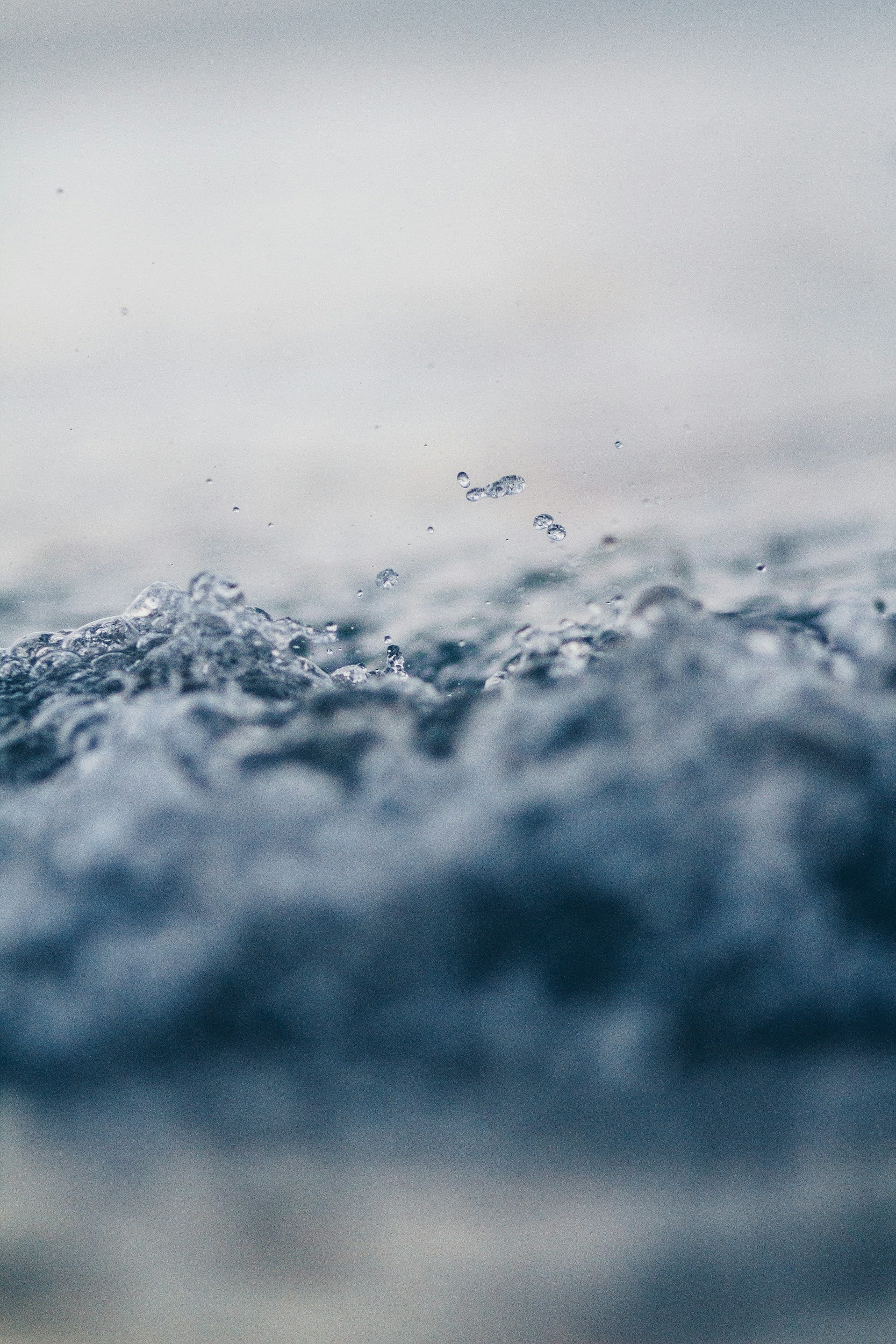
Snout Recovery
Contribute to the collection of data that supports our essential programs
Continue reading to learn more
SNOUT RECOVERY PROGRAM
By John Weber ODFW
In an effort to understand fishery contribution and improve hatchery performance, the Curry Anadromous Fishermen (CAF) will be sponsoring a coded wire tag (CWT) snout collection effort.
The group will have stations located at the following fish cleaning stations ; Port of Gold Beach, Jot's Resort, and Lex's Landing. The stations will have baggies and a place for volunteers to donate snouts from fish they caught that are missing the adipose fin. Also, there will be a small ticket to fill out for use in a raffle for some nice prizes.
Snout Recovery Data for 2024: Rogue Bay Fishery
Total Clips Turned In
72 AD Clips
Tagged
26
Untagged
46
Indian Creek Origin
13
Knowing your Anatomy
The adipose fin is clipped off hatchery fish to provide a visual indicator of their origin, distinguishing them from wild fish. According to ODFW regulations, the presence of an intact adipose fin indicates a wild fish, which must generally be released in most areas to help maintain healthy fish populations. In Oregon, anglers can typically keep wild fish only in designated zones during specific seasons, adhering to size and bag limits, which are determined through ongoing research and monitoring.
This clipping and the regulatory framework surrounding it are crucial for gathering data on fish populations, survival rates, and the effectiveness of hatchery practices. Tracking the ratio of hatchery to wild fish helps assess the impact of hatchery programs and informs management decisions aimed at sustaining both wild stocks and hatchery initiatives. It also helps fishermen identify a hatchery salmon and know to return the snout for data collection, which contains a coded wire tag.
A coded wire tag (CWT) is a small tagging device used primarily for identifying fish. It consists of a magnetized stainless steel wire, usually 0.25 mm in diameter and 1.1 mm long, marked with numbers for specific batch or individual identification. Injected into the snout of fish, CWTs enable tracking for research and fisheries management. This tagging method has successfully been applied to various species, making the Pacific Northwest's CWT program the largest in history, with over 1 billion tagged salmon.

“It has been my ambition to stock Rogue River to such an extent that a reasonable supply would always be maintained.”
- R.D. Hume



